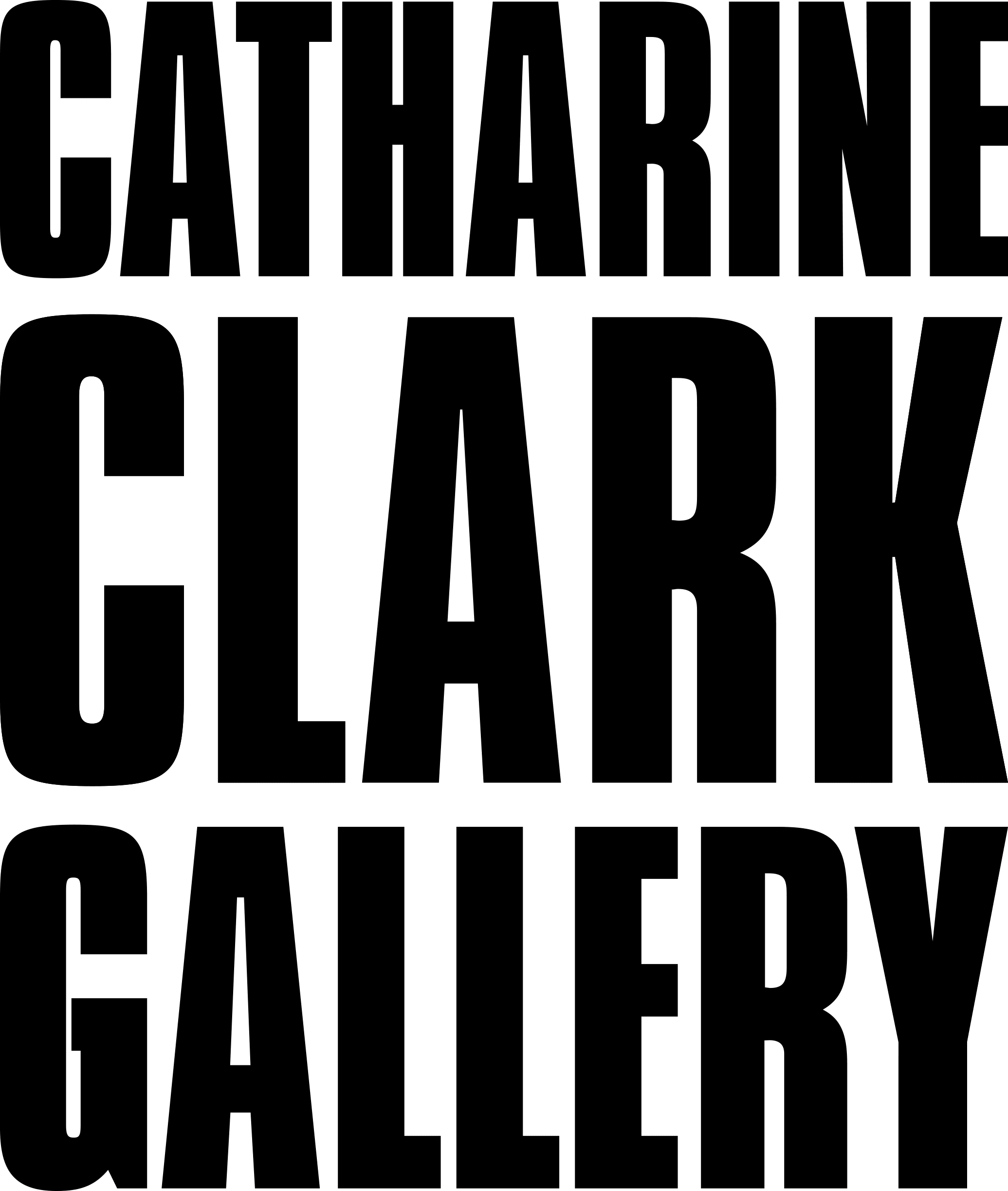For this week's installment of Inside the Museum, we take a break from our regular format to bring you an interview with Masami Teraoka, an artist featured in the Schneider Museum of Art's winter exhibition What's at Stake.
Teraoka was born in 1936 in Onomichi, Hiroshima-ken, Japan. He graduated in 1959 with a B.A. in aesthetics from Kwansei Gakuin University and continued his education to receive a B.F.A. and an M.F.A. from Otis College of Art and Design in Los Angeles in 1968. Integrating reality with fantasy, humor with commentary, and history with the present became his working challenge. His early paintings are often focused on the meeting of his two cultures—East and West. Series such as McDonald's Hamburgers Invading Japan and 31 Flavors Invading Japan characterize some themes in his work. In the 1980’s, Teraoka’s watercolors became large-scale to depict the subject of AIDS. Since the late 1990's, he has been producing large-scale narrative work addressing social and political issues, especially the abuse of children by priests and other examples of hypocrisy in religious institutions. His recent large-scale paintings are inspired by Renaissance paintings and continue the narrative approach of his Ukiyo-e inspired work.
Interview with Masami Teraoka
Q: You primarily work with triptychs, what brought you to that medium?
A: While I was a high school student in Japan, my relative had given me a book of Renaissance art. This was during World War II. After I had learnt history of Renaissance art, Catholic Church’s rituals and rules and the clergy’s sexual abuse issue became the focus of the triptych, specifically how priests and nuns have to behave about sexuality. [It was] so strict that I was shocked. In the overall view, I didn’t get it.
Q: Many of our patrons ask about the gold embellishments around the edges of the triptychs. What's your process for applying it? What does it represent to you?
A: [Learning to use it] took me a while, I had to get used to handling the gold leaf on the panels. Initially, overwhelming rigidness is the rigidness of the framework. Contrasting this rigid institutionalized frame set the pace to juxtaposing current social, historical, cultural and political issues. Once you get inside the triptych frame you are released to freedom discussion that starts and bumping against the rigid structure. Either way positive or negative meaning that may mean. The triptych frames set the pace of a wrestling match setting.
The gold leaf frames have two meanings to me: Overwhelmingly beautiful or tackiness. Of the gold leaf itself, gold leaf frames [reflect] filthy rich Catholic Churches as rigid institutions. It could mean almost tackiness for one of the most secretive institutions in the world.
Q: All of your triptychs on view at the Schneider Museum of Art have art on the inner and outer panels. Do the pieces interact with each other? Do you want them to?
A: Usually the main open panels start the painting. The back side should be finished later. Subject matters are updated on the back side if needed because the triptychs need a lot of time to evolve.



